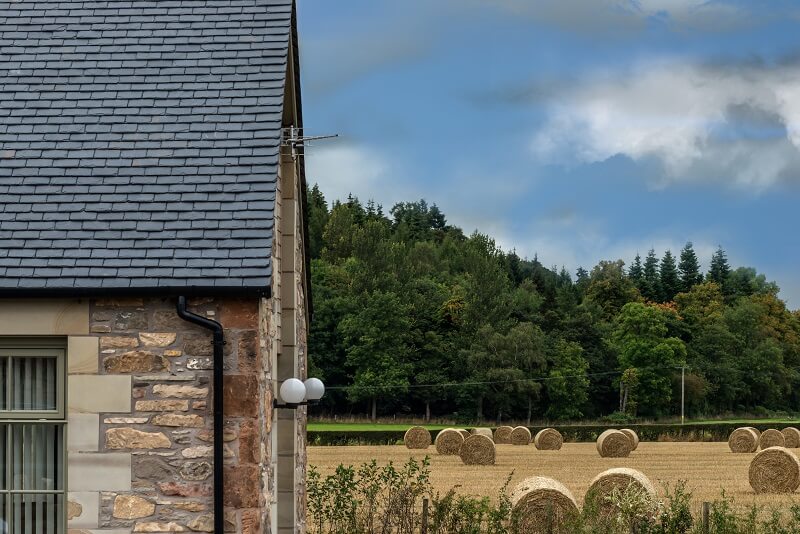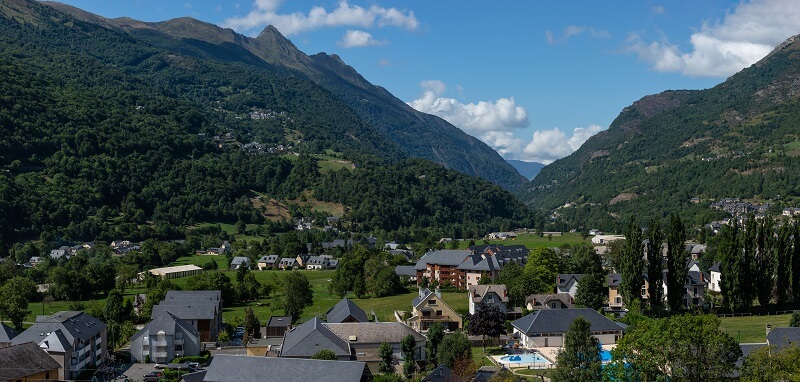
Slate tile roofing is a very environmentally-friendly product with less petroleum consumed in production per unit than any other roofing material made in the USA or abroad. It does however require mining the stone, which can be non-destructive as long as proper mining and reclamation practices are employed. In addition, with a life cycle of over 150 years it is one of the most economical and environmentally-friendly building materials on earth. The offset is that it is about 3 to 4 times the cost on conventional asphalt roofing, so the front end costs are much higher, but it is competitive with other hard roofing products such as metal roofing or clay tile that are very popular in Texas.

From a standpoint of impact on the environment, natural roofing slate tile has several advantages. First, since the rock extracted from the earth is the only component of the material, no petroleum or carbon based materials are in the product itself. Petroleum in the form of diesel is used to fuel the heavy equipment used to extract the stone. However, as a component of natural resources consumed in the production of slate tile roofing, it is a very small percentage in comparison to asphalt, fiberglass, metal and other recycled and rubber based roofing products.
Second, the impact on landfills is negligible. The waste rock produced in the mining is kept on site to reclaim the site once the quarry is exhausted. Since slate lasts 5 to 6 times longer than the most popular alternatives which go to a land fill once they are beyond the useful life of 25 to 30 years, slate provides a significant improvement.

Third, about 70% of slate roofing that is removed from a structure is recycled and used again as roofing, flooring, or other building materials. Thus, through the entire process, slate tile roofing has advantages over other manufactured products when it comes to the environment.
